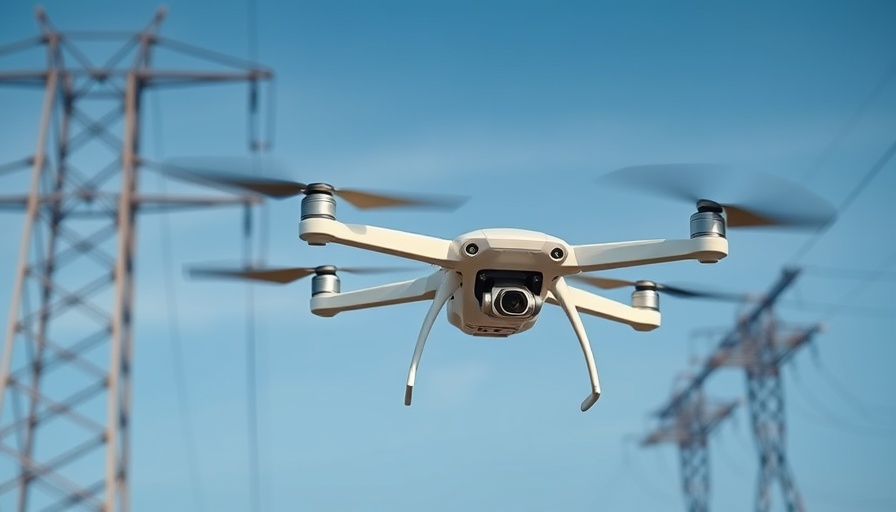
Understanding Drone Crashes: What You Need to Know
In the rapidly expanding world of drones, crashes are a common concern for enthusiasts and professionals alike. Whether you're a hobbyist enjoying recreational flights or an industry expert using drones for tasks such as surveying, understanding what to do in case of a crash can be crucial. It’s not just about the cost of your equipment but also about legal implications, data loss, and safety issues.
In 'Do THIS If You Crash Your Drone', the discussion dives into essential post-crash actions, exploring key insights that sparked deeper analysis on our end.
Immediate Steps to Take After a Drone Crash
The first step after a drone crash should always be to assess the situation for any injuries. If bystanders are involved, ensure that everyone is safe and call for medical attention if necessary. Next, check the area for property damage; your drone might have collided with buildings, vehicles, or landscaping. Document any damages thoroughly, as this information may be vital for insurance claims and legal proceedings.
Legal and Insurance Considerations
Understanding the legal ramifications is essential after a drone crash. Different regions have varying regulations pertaining to drone operations, including liability for damages caused by your drone. In some cases, as a pilot, you may be held responsible for any injuries or property damage. Therefore, contacting your insurance provider to report the incident and consult about coverage for drone liabilities is critical.
What To Do With Your Drone After a Crash?
Once you've secured the area and assessed the legality of the crash, it’s important to examine your drone for damages carefully. Determine whether your drone is repairable or if it’s better to replace it altogether. Documenting the condition of your drone will also help if you decide to submit a claim to your insurance. If repair is an option, check online for parts or local repair services that specialize in drone technology.
Learning from Your Experience
Crumbling technology can often teach us invaluable lessons. Take time to analyze what led to the crash; was it a pilot error, mechanical failure, or interference from surrounding environments? Reflecting on the experience not only helps prevent future incidents but can also guide you on upgrades or changes needed in your flying techniques.
Connecting With the Drone Community for Support
After an incident, it’s beneficial to reach out for support. Engaging with the drone community through forums, social media, or local clubs can provide insights and tips on handling crashes, repairs, and even modifications to prevent future accidents. Sharing experiences with fellow drone enthusiasts will add to your knowledge base and bolster your confidence.
By following these steps, you can navigate the complexities of dealing with a drone crash—a common yet challenging experience for all drone users. Understanding these critical aspects can ensure that you emerge from such incidents not just unscathed but better prepared for the future.
 Add Row
Add Row  Add
Add 




Write A Comment